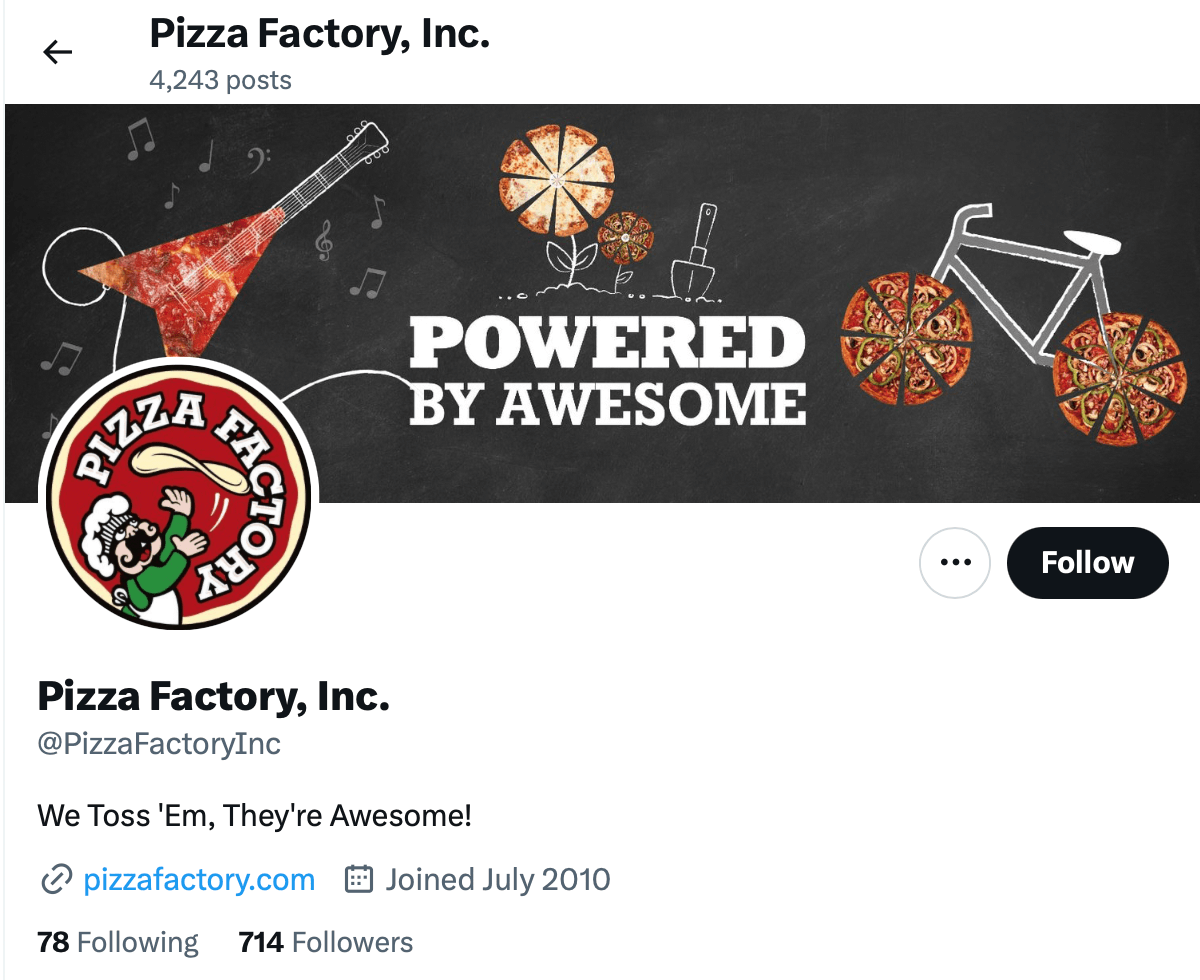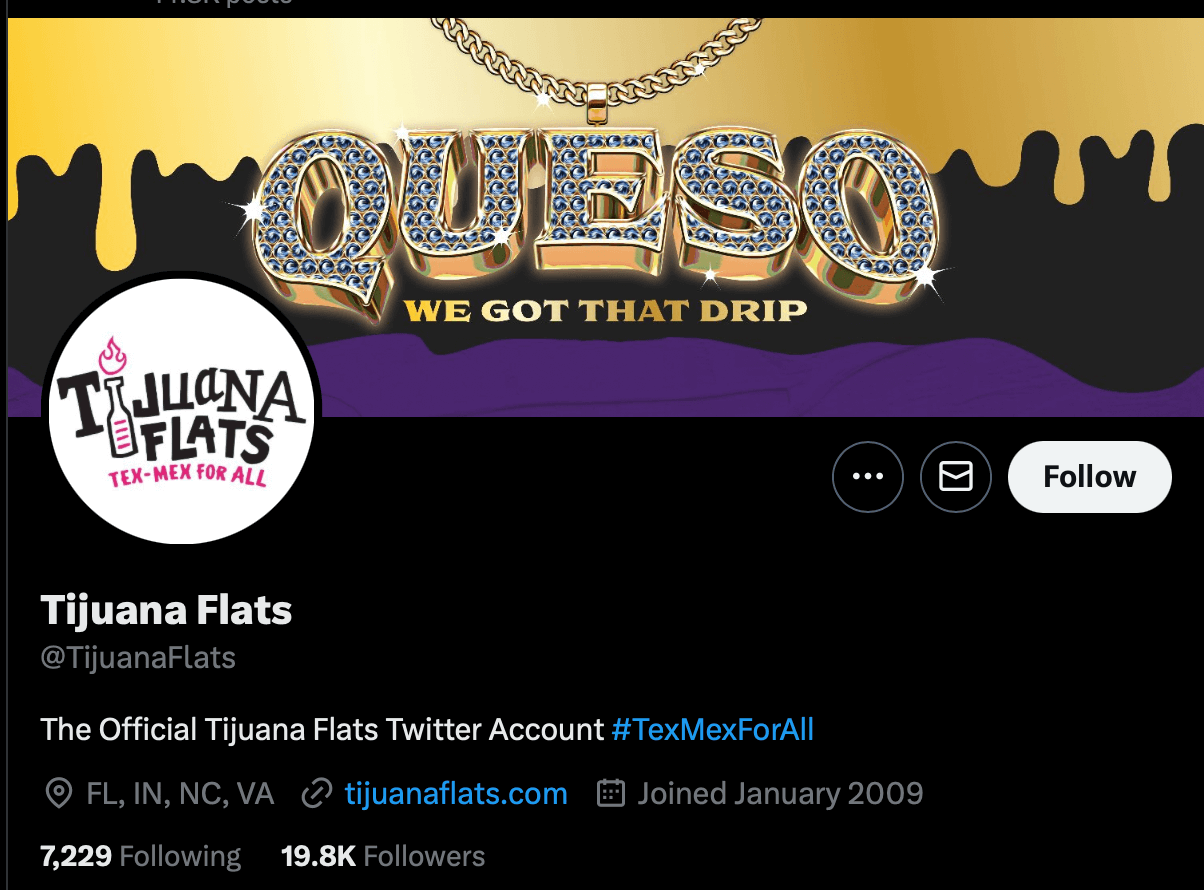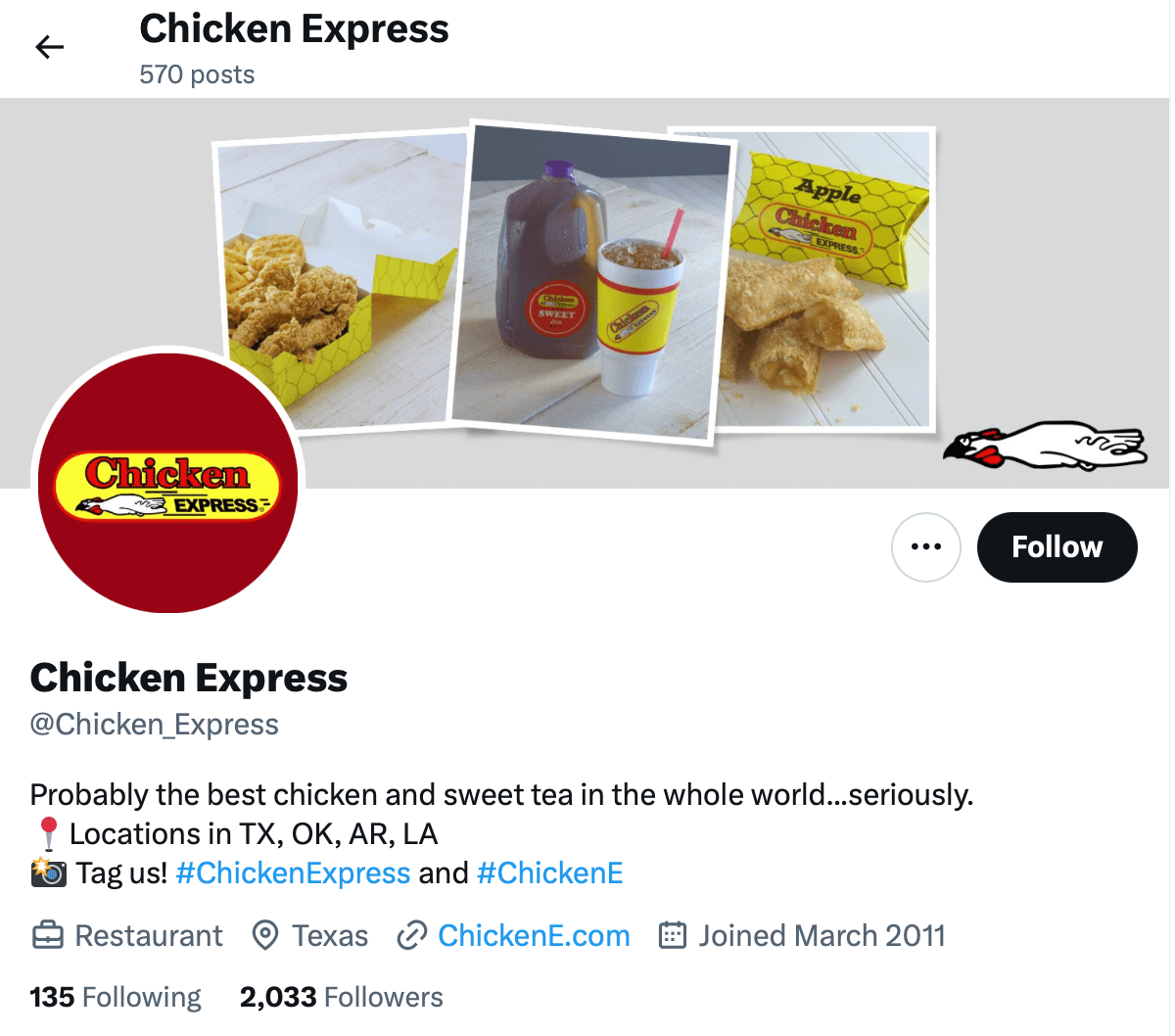Does your food truck need a healthy menu makeover? Have you leaning toward modifying your menu to help differentiate yourself from your competitors? Are your customers asking you to focusing on providing them with healthier menu choices than you do now?
A growing trend throughout the food service industry is that more diners are admitting that they’d like to eat more healthier without sacrificing taste. It’s the old “have your cake and eat it, too” syndrome. But for many food truck vendors, this request may seem impossible to reconcile. Can you possibly make healthy menu changes that don’t compromise flavor?
The answer is a resounding “yes” if you change strategically and incrementally. Remember that small changes are the essence of evolution. Take one step at a time and keep your eyes on what’s ahead. Getting to a healthier menu is a journey, not a destination.
Building A Healthier Menu For Your Food Truck
Replace Refined Starches with Whole Grains
Americans have largely moved away from whole grains, but elsewhere, these nutritious foods remain firmly on their menus. Here, for inspiration, are how cooks in other countries and from other cultures treat these wholesome grains.
BARLEY
- Stuffing for roast duck (China).
- Twice-cooked rusks: These are softened in water, topped with chopped tomato, garlic, feta and basil and drizzled with olive oil (Greece).
- Scotch broth: A soup of lamb bones, barley, root vegetables and cabbage (Scotland).
- Crispbread: Griddle-cooked flatbread made with barley flour and whole-wheat flour (Norway).
BUCKWHEAT
- Blini for smoked fish (Russia).
- Kasha: Buckwheat groats, typically toasted with egg, then cooked in water or stock (Eastern Europe).
- Kasha varnishkes: Buckwheat groats with egg noodles (Eastern Europe).
CORN
- Tortillas (Mexico).
- Buttermilk cornbread (Southern U.S.).
- Garlic cheddar grits (Southern U.S.).
- Cornmeal-blueberry pancakes (Southern U.S.).
OATS
- Muesli: Breakfast cereal with rolled oats, dried fruit and nuts (Swiss).
- Oatcakes: Scone-like baking-powder breads (Scotland).
- Buttermilk oat bread: Baking-soda bread made with oats soaked in buttermilk (Ireland).
WHEAT
- Farro and borlotti bean soup (Italy).
- Farrotto: Risotto made with farro and sometimes mushrooms (Italy).
- Tabbouleh: Chopped parsley and bulgur salad with tomato, mint and lemon (Lebanon, Syria, Israel).
Bulgur pilaf with chickpeas (Turkey). - Bulgur and lentil soup (Turkey).
- Green bean and bulgur pilaf (Turkey).
- Bulgur and chickpea salad (Lebanon).
- Greek soup of wheat berries, dried beans, lentils and rice (Crete).
- Kibbeh: Ground lamb meatballs with bulgur (Middle East).
Supersized Fruits and Vegetables
Why should it only be the burgers, fries and sodas from McDonalds that are supersized? Consider revising at least some of your menu concepts to bring vegetables front and center.
- Offer daily healthy sides such as salads, just as you have daily special entrees.
- Develop complete plates that take the emphasis off animal protein.
- Talk to your suppliers about fresh pre-cut produce.
- Provide a whole-grain bun or sandwich bread options.
- Provide brown rice as an option. Experiment with less-familiar whole grains like wild rice, quinoa, farro, kasha, cracked wheat, bulgur and barley.
Bring on the Nuts
Tree nuts are an excellent source of monounsaturated fatty acids. Pounded nuts are the foundation of many sauces in many cultures.
SPAIN
- Romesco: A thick pounded sauce of dried chiles, pimiento, almonds and/or hazelnuts, garlic, extra virgin olive oil and wine vinegar. Serve with: Seafood.
- Pepitoria: A thick sauce of ground almonds, fried garlic, bread, spices and hard-cooked egg. Serve with: chicken, rabbit, meatballs.
- Picada: A mixture of nuts, bread, saffron, garlic, parsley and spices. Serve with: meatballs, chicken, fish, shrimp, squid.
GREECE
- Skordalia: A mortar-pounded sauce of stale bread, almonds or walnuts, garlic, extra virgin olive oil, and lemon juice or wine vinegar. Some versions include yogurt. Serve with: Seafood or chicken; cooked beets; grilled vegetables.
TURKEY
- Tarator: A sauce of pounded almonds, walnuts or hazelnuts, with bread, garlic, water, lemon juice and extra virgin olive oil. Serve with: Seafood or vegetables.
MEXICO
- Mole: Many mistakenly think that chocolate is this sauce’s signature taste. In fact, many Mexican moles contain no chocolate, but they almost always contain toasted and ground nuts or seeds.
RELATED: Cost Effective Organic Foods For A Healthy Food Truck Menu
The Bottom Line
Creating a healthier menu isn’t without its challenges. Food trucks have slim profit margins and it is no secret that healthier options, like fresh fruits and vegetables have a significantly short shelf life than less healthy options. There are many strategies that food truck owners can implement to make their menus healthier while still maintaining decent food cost and profits.
Use these tips and suggestions to create a healthier menu for your food truck customers. Do you have any additional tips? Share your thoughts on this topic in the comment section or social media. Facebook | Twitter




